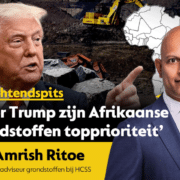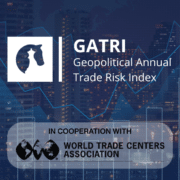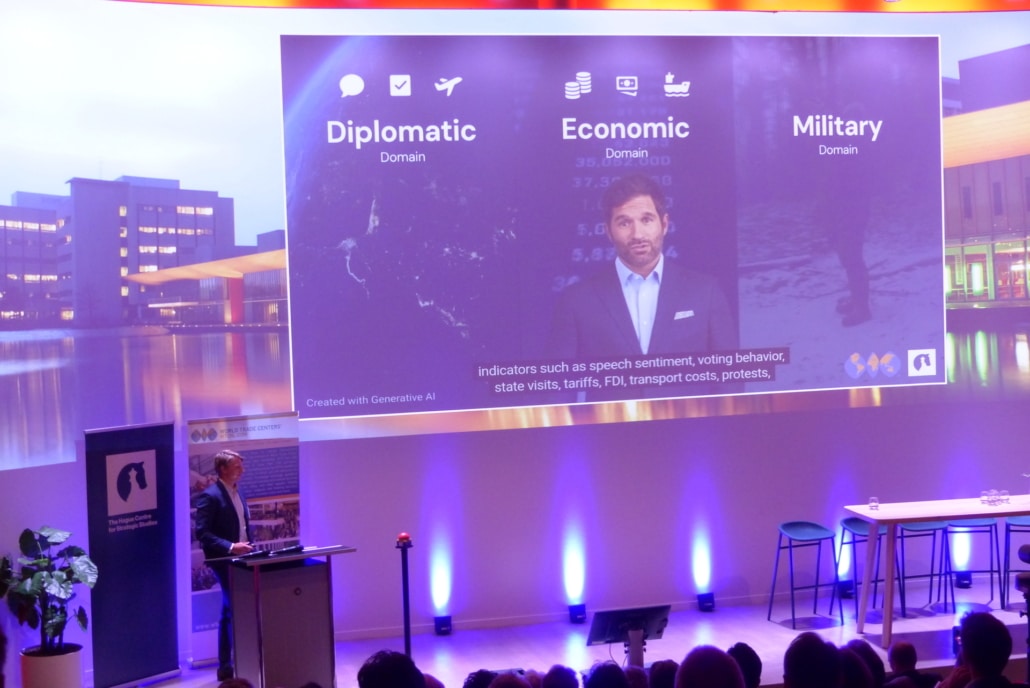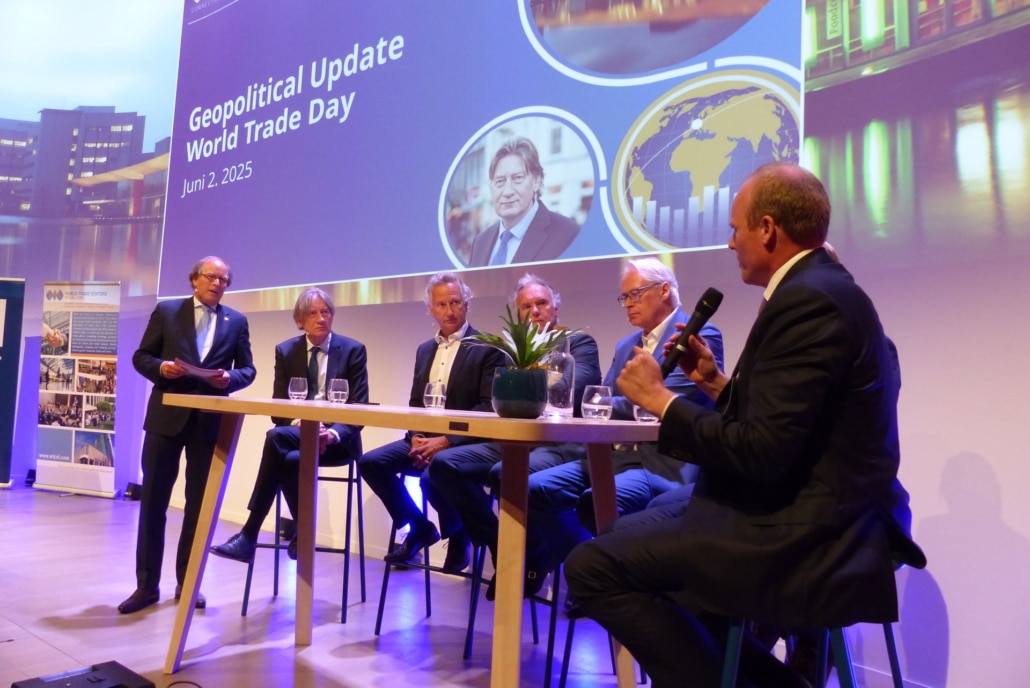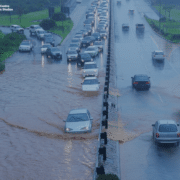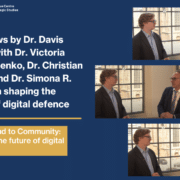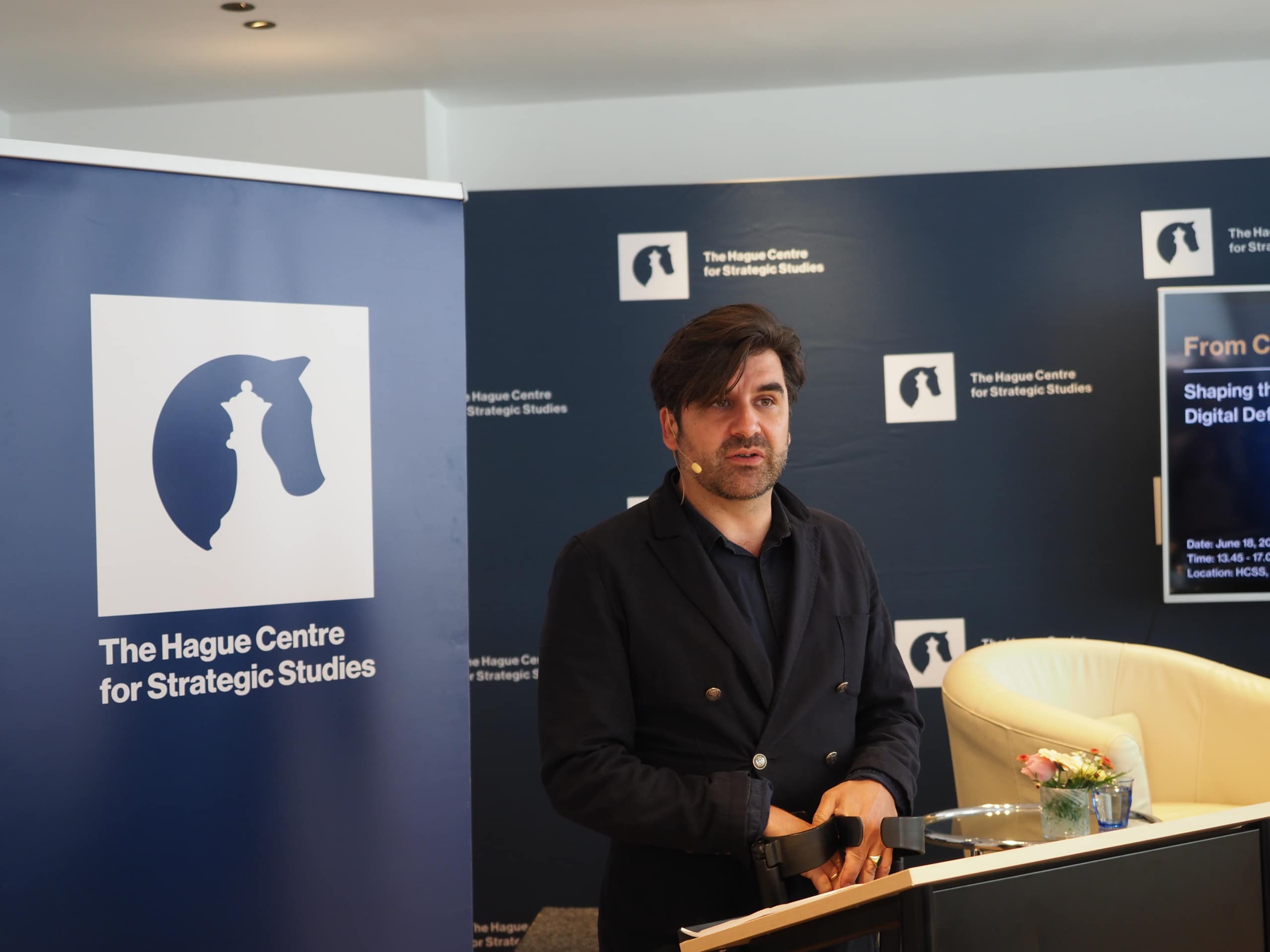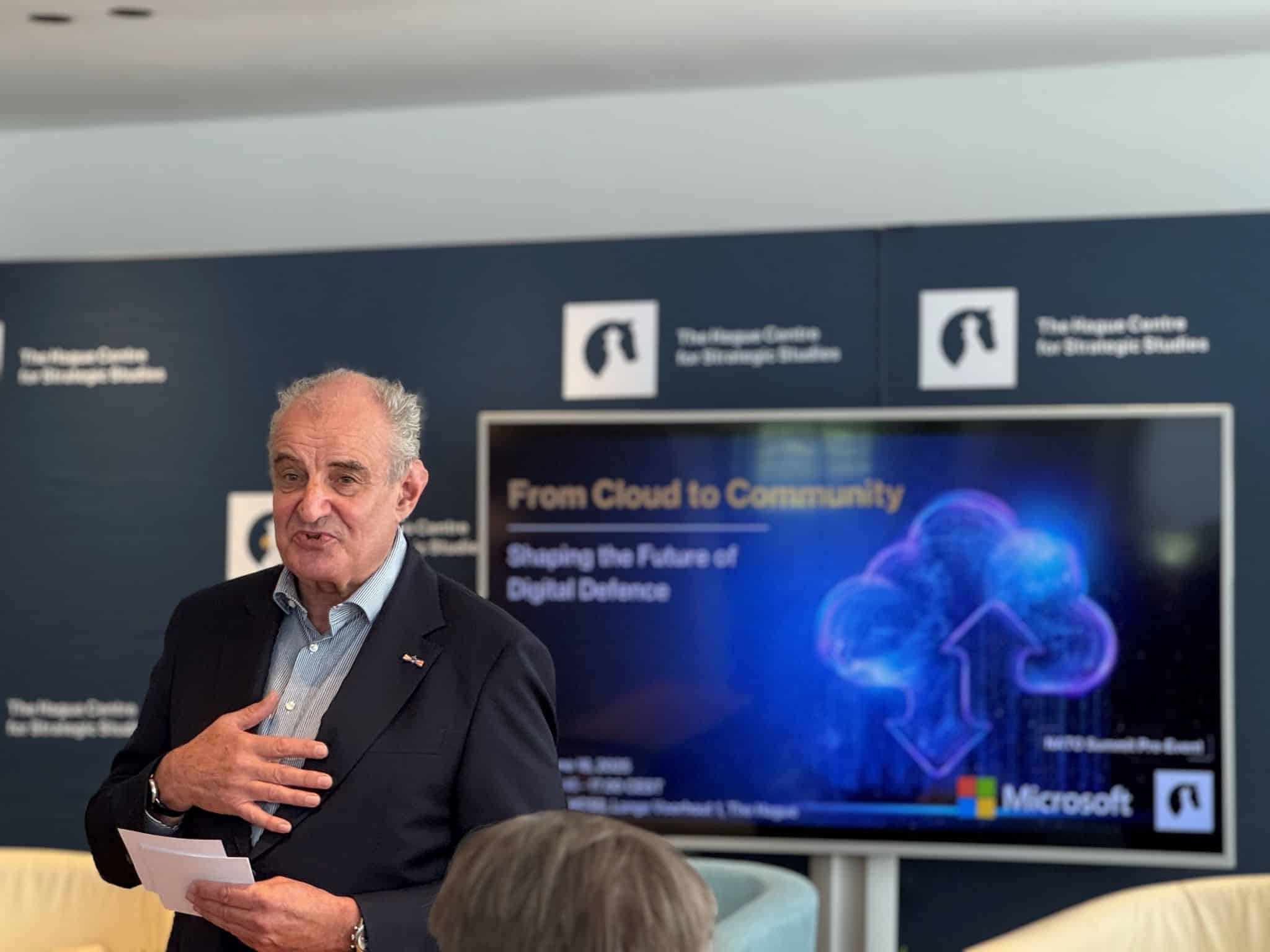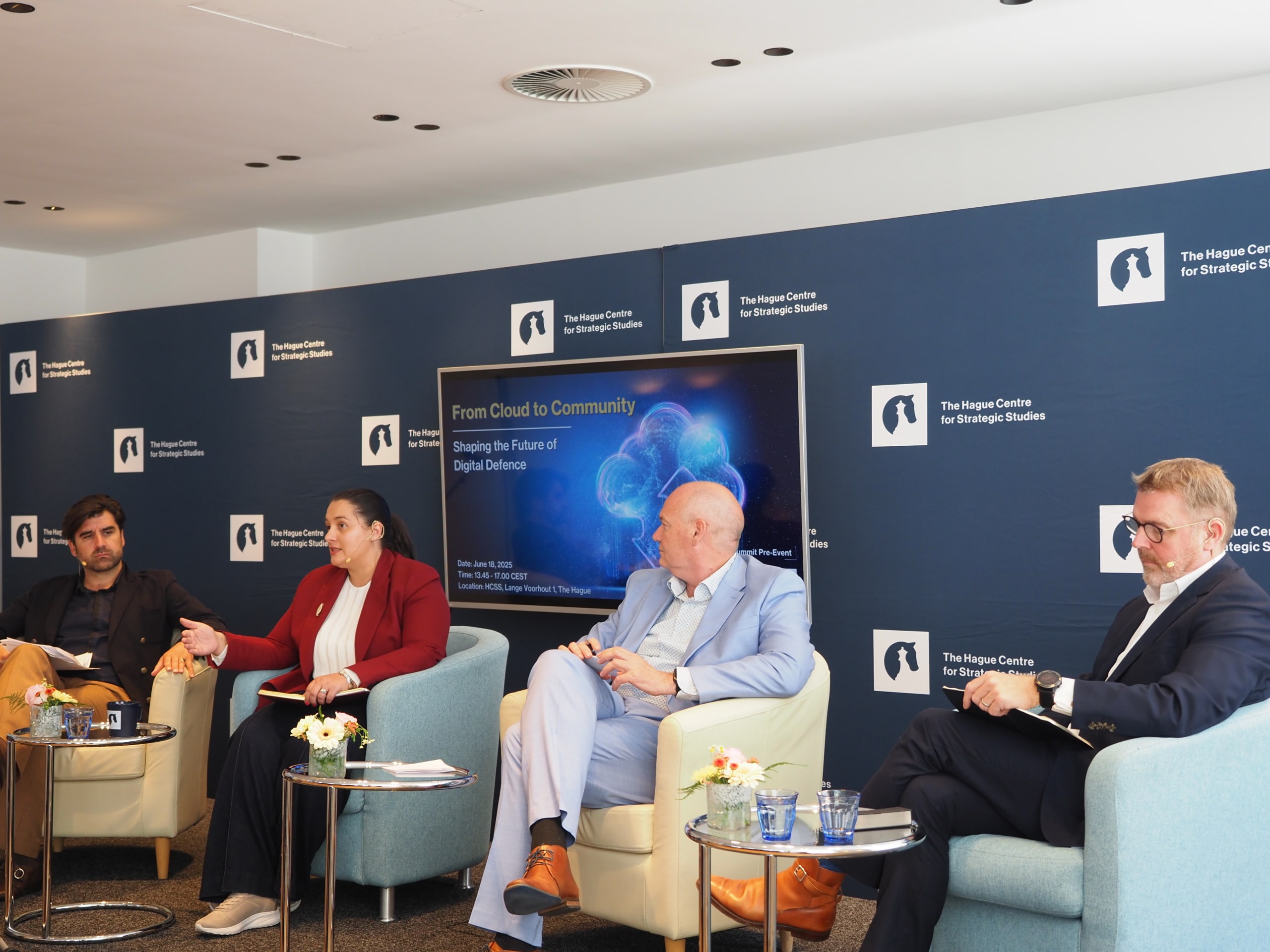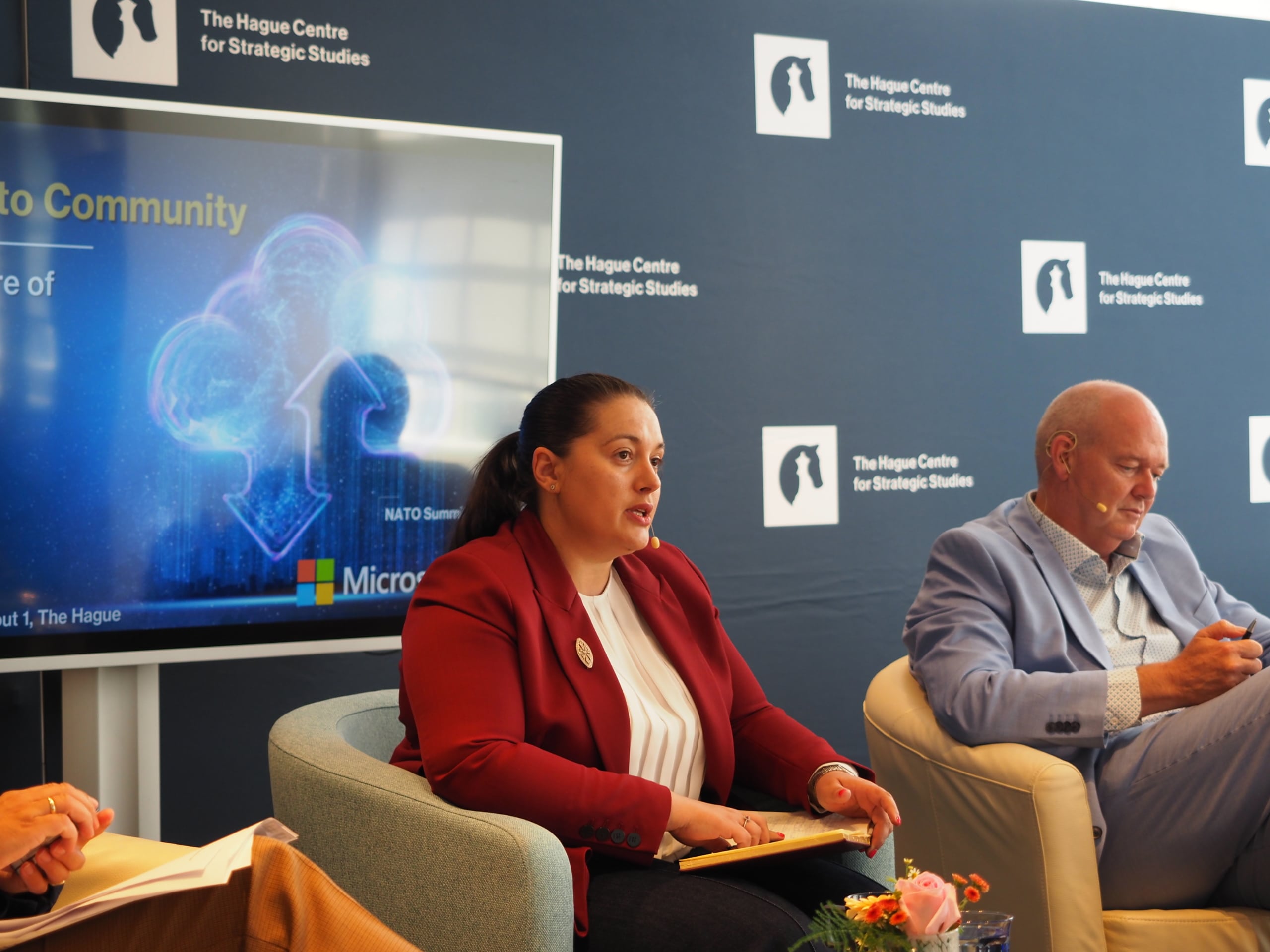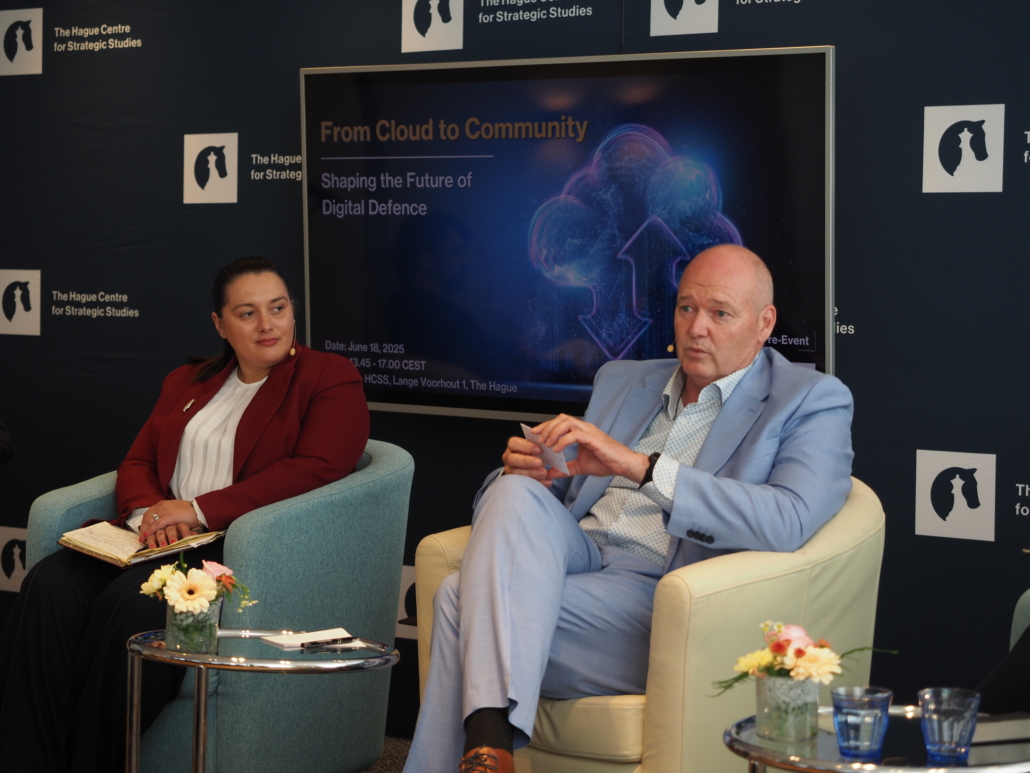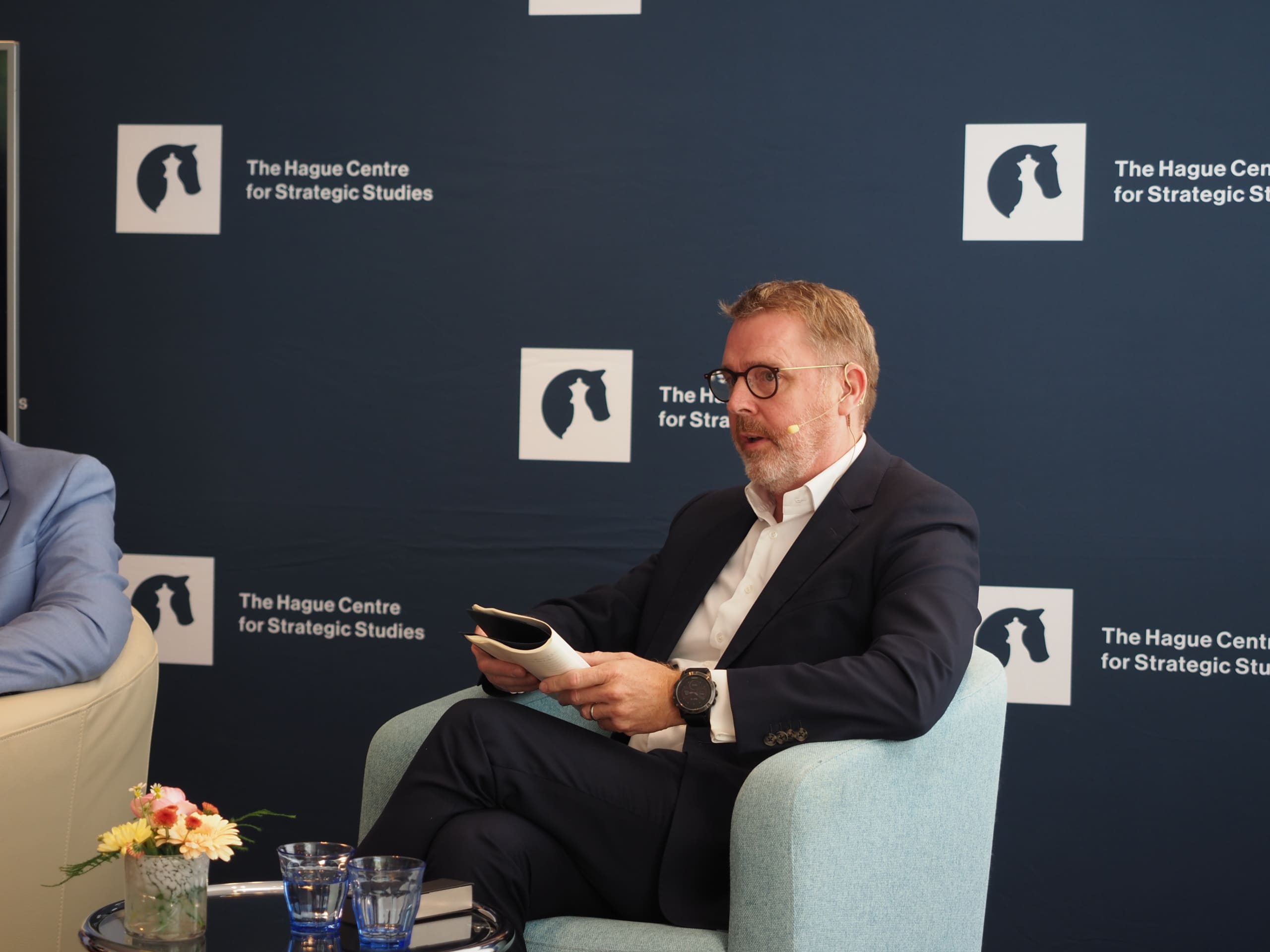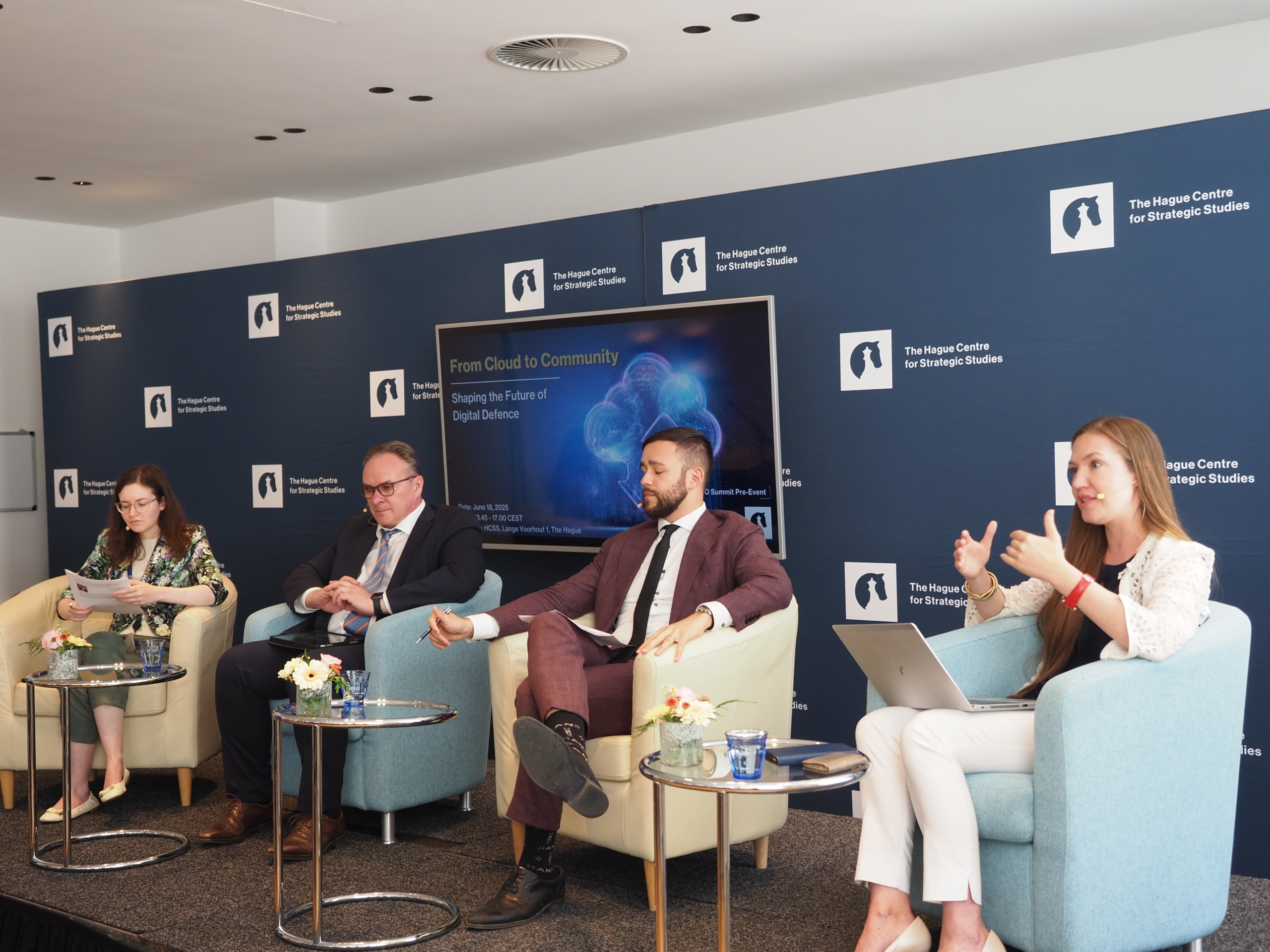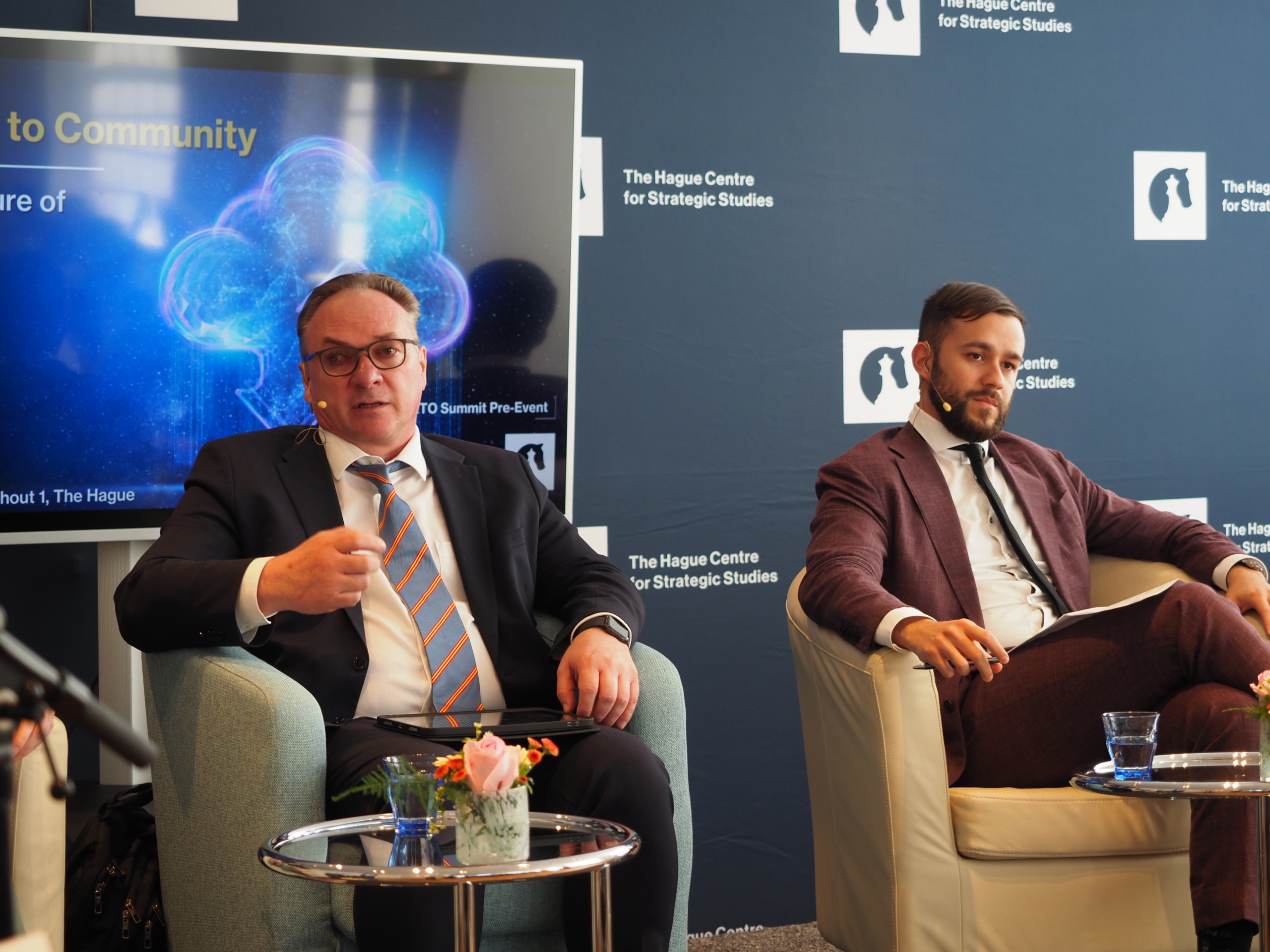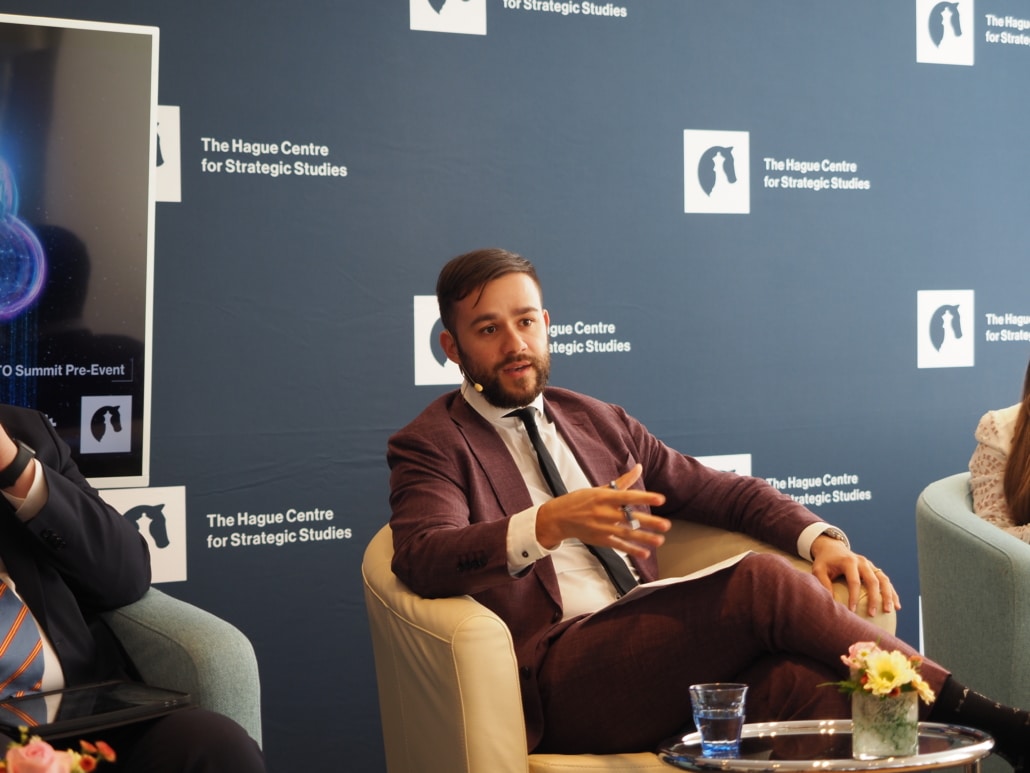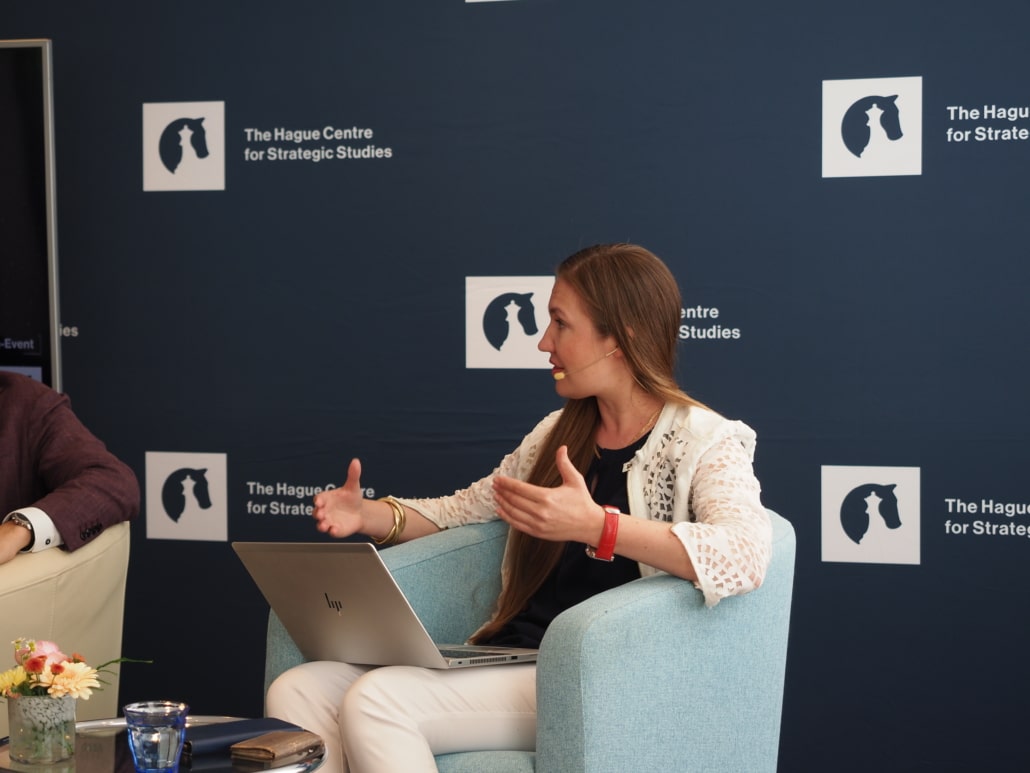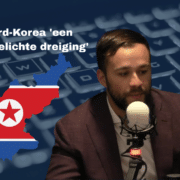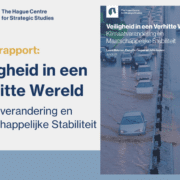Is Europa in staat zich effectief te verdedigen tegen een mogelijke aanval van Rusland? Volgens defensiestrateeg Koen Gijsbers is het antwoord simpel: nog niet. Tijdens zijn keynote op het door The Hague Centre for Strategic Studies (HCSS) georganiseerde evenement ‘From Cloud to Community: Shaping The Future of Digital Defence’, in aanloop naar de NAVO-top in Den Haag, had hij een urgente boodschap. Europese NAVO-landen zijn nog niet klaar voor een grootschalig conflict – niet op het fysieke slagveld, en zeker niet op digitaal gebied. “We maken al 20 jaar dezelfde fouten. We moeten leren van deze ervaringen.”
Gijsbers, voormalig topadviseur op het gebied van digitale innovatie binnen de NAVO, benadrukte de noodzaak van een geloofwaardige C4ISR-structuur (Command, Control, Communications, Computers, Intelligence, Surveillance and Reconnaissance). Digitale systemen zijn volgens hem onmisbaar in moderne oorlogsvoering – mits ze aan drie eisen voldoen: interoperabiliteit, veerkracht en ingebouwde beveiliging. “Is het interoperabel zodat we ook met onze partners kunnen werken? Is het solide genoeg om het slagveld te overleven? Is het veilig genoeg – secure by design?”
Gijsbers ziet forse obstakels om deze drie elementen te realiseren binnen de huidige defensiestructuren. Inkoopprocessen zijn te complex, besluitvorming is traag, en samenwerking tussen overheden en innovatieve startups verloopt moeizaam. Terwijl de vijand razendsnel leert, opereren veel NAVO-leden nog met 20e-eeuwse processen en structuren.
“Een van mijn vroegere commandanten, generaal Mattis, zei me ooit: als je goede mensen met slechte processen laat werken, dan krijgen de processen negen van de tien keer de overhand. We moeten dus heel snel die processen verbeteren. Toen ik bij de NAVO vertrok in 2017, moest je voor elke aankoop meermaals consensus verkrijgen bij een betrokken advies- of toezichtraad. En de financiële mensen hadden én hebben hier nog steeds de overhand. Nou blijft financieel toezicht belangrijk, maar we moeten momenteel meer geld uitgeven, niet besparen.”
Leren van Afghanistan, Oekraïne en civiele sector
In zijn keynote deelde Gijsbers enkele belangrijke lessen. Allereerst wees hij op de samenwerking tussen defensie en civiele industriepartijen tijdens de NAVO-missies in Afghanistan. Die samenwerking versterkte de operationele slagkracht aanzienlijk. Vervolgens verwees hij naar de geavanceerde elektronische oorlogsvoering in Oekraïne, die Europa op achterstand heeft gezet.
Ten derde benadrukte hij hoe militaire organisaties meer gebruik moeten maken van civiele technologie, van automotive tot drones. “Civiele en militaire netwerken moeten elkaar versterken om de Europese veiligheid te verbeteren.”
Van bureaucratie naar slagkracht
Binnen defensie is volgens Gijsbers nog te weinig ruimte voor vernieuwing. Grote agentschappen bij de NAVO maar ook ons JIVC (Joint IV Commando) zijn log en ver verwijderd van het slagveld. Het gevolg: trage besluitvorming, gemiste kansen, en technologische achterstand.
“Als je grote organisaties creëert, krijg je bureaucratie en trage, complexe processen. Dat is logisch, maar als dit niet snel verandert, zullen wij over 3 tot 5 jaar niet klaar zijn voor een conflict met een land als Rusland. Op drie punten die ik hierboven noemde – interoperabiliteit, resilience, security – moeten deze veranderingen dus snel plaatsvinden.”
Daarnaast ontbreekt het aan jonge, digitaal vaardige besluitvormers. “Het zijn nog altijd de babyboomers die beslissen,” stelde Gijsbers droogjes. “Zij zijn niet opgegroeid in het digitale tijdperk.” Tegelijkertijd blijken gevestigde defensiebedrijven (de zogenoemde primes) weinig flexibel. Terwijl startups, die wél innovatie kunnen leveren, nauwelijks toegang krijgen tot defensiecontracten – mede door inflexibele aanbestedingsregels.
Terug naar succesvolle publiek-private samenwerking
Gijsbers pleit voor een herwaardering van eerdere succesvolle publiek-private samenwerking, zoals het NAVO-programma rond 2010 dat met 100 civiele defensiebedrijven werd uitgevoerd, zowel uit de VS als Europa. Europese defensie moet volgens Gijsbers niet blijven hangen in nationale silo’s of alles zelf willen doen. Alleen door samen te bouwen aan interoperabele, digitale infrastructuur kunnen NAVO-landen slagvaardig worden.
“Dit programma liep tot ongeveer 2012, 2013. Helaas vervielen we daarna weer tot zelf ontwikkelen van oplossingen, onvoldoende in samenwerking met de civiele sector. We moeten terugkeren naar dit succesverhaal – niet alleen met militaire leveranciers, maar ook met commerciële IT- en cloudpartners.”
Een van de belangrijkste aandachtspunten is weerbaarheid. De tijd dat NAVO-landen oorlog voerden tegen low-tech tegenstanders in afgelegen gebieden is voorbij. De volgende dreiging speelt zich af op eigen grondgebied – en vereist inzet van zowel militaire als commerciële digitale infrastructuur.
Gijsbers: “Dit biedt ook enorme kansen op het gebied van infrastructuur: cloud, mobiele netwerken zoals 5G, commerciële satcom. Dit betekent dat we zowel militaire als commerciële infrastructuur kunnen gebruiken, maar dan wel in samenwerking. Alleen niet op de manier zoals nu bijvoorbeeld in Duitsland gebeurt, waar de overheid een nationale defensiecloud laat opzetten in samenwerking met Google. Hoe houden we dit interoperabel als andere landen allemaal hun eigen keuzes maken?
Security zonder verlamming
Tot slot waarschuwt Gijsbers voor het verlammen van innovatie door te rigide security-eisen voor alles. Hij pleit voor een aanpak gebaseerd op risicoinschatting. Veel startups beschikken simpelweg niet over de expertise om militaire beveiligingsstandaarden te implementeren. “Er zijn startups die dit kunnen, maar die zitten niet in onze netwerken. De uitdaging is om hen daar wel in te brengen, zodat zij samen kunnen werken met startups die zich focussen op functionaliteiten.”
Tegelijkertijd moeten defensieorganisaties kritisch kijken naar wat écht beschermd moet worden: het hele netwerk, of alleen de gevoelige data? Gijsbers hierover: “Security wordt vaak gezien als iets dat belemmert – en dat klopt ook, als het verkeerd wordt toegepast, als het overal op dezelfde wijze wordt toegepast. Moet bijvoorbeeld het netwerk als geheel beschermd worden, of moeten we meer kijken naar bescherming van data en devices, de militaire IoT?”
Tijd dringt
De keynote van Koen Gijsbers was geen technisch betoog, maar een oproep tot snelheid, samenwerking en aanpassingsvermogen. De tijd van langdurige aanbestedingen en risicomijdende processen is voorbij. Europa moet bouwen aan een moderne, digitale en adaptieve defensie – en dat kan alleen samen met civiele partners.
“Concluderend denk ik dat we kunnen leren van ons verleden. We moeten terugkeren naar de samenwerking van voorheen, maar dan breder, met commerciële partijen uit de IT-sector. We moeten goed leren van de harde lessen die nu in Oekraïne geleerd worden. En we moeten af van te veel focus op nationale ontwikkeling van producten, tenzij ze interoperabel zijn, resilient en secure by design.”
Bron: Koen Gijsbers, Dutch IT Leaders, 3 juli 2025

